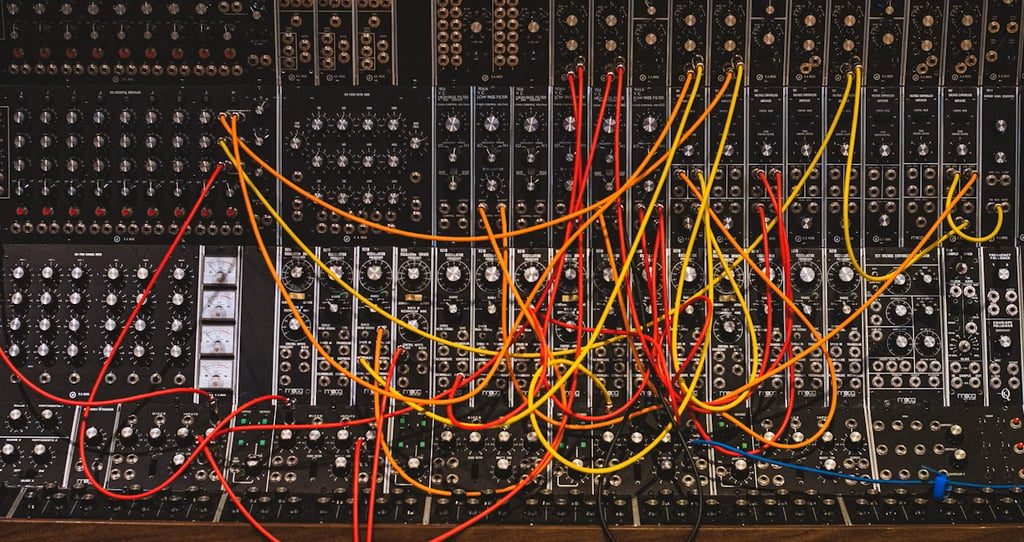The History of MIDI: How This 1980s Tech Changed Modern Music Forever
Discover how 1980s MIDI technology revolutionized music creation forever.
EXPLOREMIDI
Servo Sapiens


If you’ve ever used a music app, played a digital piano, or tinkered with music production software, you’ve probably come across the term MIDI. But what exactly is it? And why is it so important in music?
MIDI, short for Musical Instrument Digital Interface, is a technology that completely transformed how music is created, recorded, and performed. Introduced in the early 1980s, it allowed different electronic instruments and computers to “talk” to each other—something we take for granted today.
Let’s dive into the history of MIDI and how it became the backbone of modern music.
Before MIDI: A World Without Connection
In the late 1970s, electronic instruments were booming. Synthesizers, drum machines, and electric keyboards were everywhere. But there was one major problem:
They couldn’t communicate with each other.
Every manufacturer had its own connection systems. If you wanted your drum machine to play in sync with your synthesizer, you were out of luck—unless you owned gear from the same brand. This made live performances and studio setups complicated and expensive.
1983: The Birth of MIDI
In 1983, engineers from competing companies—like Roland, Yamaha, Korg, and Sequential Circuits—came together to solve this problem. Their idea was simple yet revolutionary: create a universal language that all electronic instruments could understand.
This language became MIDI.
The first public demonstration happened at the Winter NAMM Show in Los Angeles in January 1983. A Roland keyboard was connected to a Sequential Circuits Prophet-600 synthesizer using a simple 5-pin cable. When one instrument was played, the other responded perfectly.
Musicians and producers immediately realized this was a game-changer.
How MIDI Works (In Simple Terms)
MIDI doesn’t actually send sound. Instead, it sends digital instructions:
Which notes to play
How hard or soft to play them
When to start and stop each note
Changes in pitch, volume, and effects
Think of it like sheet music for computers. The instructions can be recorded, edited, and played back on any compatible device.
Why MIDI Changed Everything
Cheaper Setups: You could connect multiple instruments and control them all from one keyboard or computer.
Flexibility: Musicians could edit performances without re-recording. Want to change the drum sound? Just swap it out.
Global Standard: Whether you bought a Yamaha, Roland, or Korg instrument, they could all work together.
Computer Integration: MIDI paved the way for modern music production software (like Ableton, Logic, and FL Studio).
MIDI Today: Still Going Strong
Even though MIDI was invented over 40 years ago, it’s still everywhere. From smartphone apps and digital audio workstations to live performances by world-famous DJs, MIDI is the invisible thread holding music technology together.
In fact, in 2020, MIDI 2.0 was introduced. It offers higher resolution, more expressive control, and faster communication—proving that this 1980s invention is far from outdated.
The Legacy of MIDI
Without MIDI, creating music today would be much harder (and more expensive). It democratized music production, allowing anyone with a computer and a small keyboard to make professional-sounding tracks from their bedroom.
So the next time you hit play on your favorite song or open a music app, remember: you’re benefiting from a piece of 1980s tech that changed the world.
Related Topics
© Servo Sapiens 2025. All rights reserved.